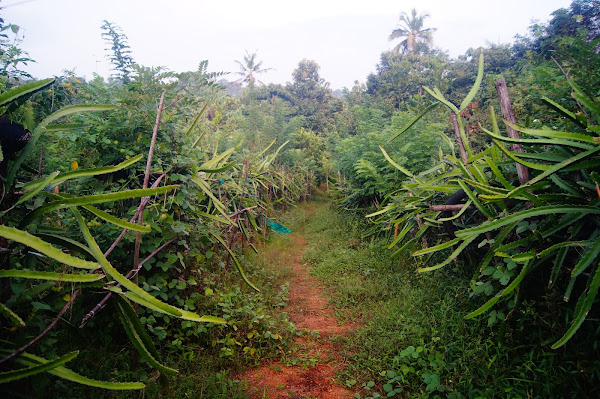Co-planting help seeds to grow into beautiful plants and trees at our forest farm !!!
The Art of Co-Planting ; Nurturing Biodiversity in Forest Farms
In the ever-evolving realm of forest farming, where a myriad of plant varieties coexist with the unpredictable interruptions of wildlife, cultivating a sustainable and efficient approach becomes imperative. One ingenious method that has proven its mettle in Liz Pepper Gardens, Forest Farm, is the art of co-planting — a practice that not only saves resources but also fosters biodiversity while mitigating the challenges posed by wildlife disruptions.
The Challenge of Seedling Trays
Traditional farming often involves the use of seedling trays, a method known for its precision but one that can be resource-intensive, both in terms of time and cost. Additionally, the vulnerability of young seedlings to the unanticipated whims of local wildlife poses a significant challenge, making it crucial to explore alternative approaches that strike a balance between efficiency and environmental harmony.
The Co-Planting Solution
At Liz Pepper Gardens, co-planting has emerged as a game-changer. This innovative approach involves strategically placing seeds alongside existing saplings in the same pot. The benefits are twofold: not only does it provide a natural shield for vulnerable seeds, but it also promotes a symbiotic relationship between the developing plants, creating a microcosm of biodiversity within each pot.
Symbiosis in Action
The concept is elegantly simple yet profoundly effective. As seeds germinate alongside established saplings, the latter act as guardians, sheltering the delicate shoots from the prying eyes and nibbling mouths of passing wildlife. This symbiotic relationship mirrors the intricate dance of nature, where each participant plays a role in fostering the growth and protection of the other.
Cost-Effective and Time-Efficient
Co-planting has proven to be a cost-effective and time-efficient alternative to traditional methods. By leveraging the protective canopy of existing saplings, the need for expensive seedling trays is significantly reduced. The process also streamlines cultivation efforts, allowing for the simultaneous growth of multiple plant varieties within the same pot, optimizing space and resources.
Transition to Larger Spaces
Once the co-planted saplings have reached a sufficient size and strength, they can be gently separated and transplanted into larger, dedicated spaces within the farm. This transition is seamless, thanks to the robust foundation laid during the co-planting phase, ensuring the continued success of each individual plant.
Harmony in Diversity
The success of co-planting extends beyond pragmatic considerations. It fosters a holistic approach to farming that embraces the innate diversity of the forest ecosystem. Each pot becomes a microcosm of varied plant life, reflecting the interconnectedness of species and the harmony that arises when different elements coexist in a shared environment.
This has been a success at our forest farm, a practice that not only protects delicate seeds but also nurtures a richer, more resilient ecosystem. As forest farmers continue to explore innovative methods, co-planting serves as a reminder that sometimes the simplest solutions can yield the most profound results .
Also read



Comments
Post a Comment